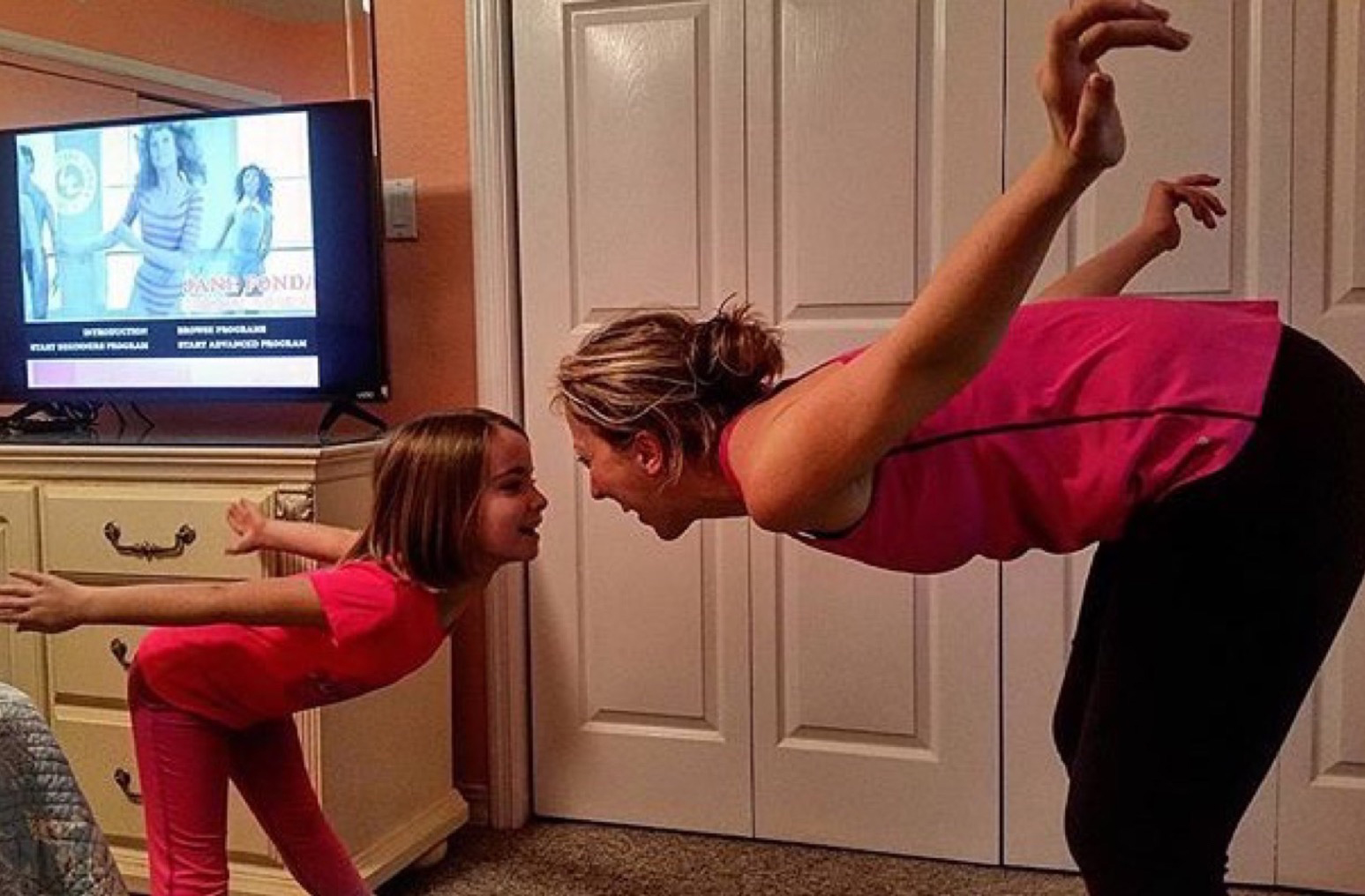The attitude/mindset of both parties is still usually one of Win-Lose; each has concerns about losing and being sure they get most of what they want (their solutions).
Compromise often starts immediately with participants bargaining and trading solutions without first exploring and defining their needs.
It’s a process like “Collective Bargaining” where each party gives up some things they want in order to get other things. I.e. “How much will I have to give up?” “ How much can I get out of them before I have to give up something I want?”
The feelings at the end are usually “I can live with that.” which is better than the feelings of losing in Methods I & II.
People’s energy is often spent watching their parts of the “solution” to be sure the other doesn’t break the agreement instead of developing positive feelings about the relationship.
Compromise is easier on relationships than Methods I & II but there is still a better option.
What you learn in P.E.T. is different from compromise, it is a true process of Win-Win, it’s Method III.
Together the parent and child search for a solution that is acceptable to both – a solution that meets the parents’ needs and the child’s needs. NO-LOSE, BOTH WIN. 
Here’s the scoop on Method III, No Lose Conflict Resolution:
Set the Stage:
It’s important at the beginning to stress to the child that Method III is a way
of finding a solution that both are happy with.
Start with an I-Message:
Begin Method III with an I-Message to identify what you want to talk about so the child does not feel blamed and will be open to listen to what you have to say.
Active Listen:
Demonstrates acceptance of the child’s thoughts and feelings and provides a check for the parent to be sure she has heard and understood them accurately. Helps parent hear the real needs of the child which are often first expressed as solutions. Helps the child communicate more easily.
One Problem at a Time:
It’s important to stick to the problem at hand and not introduce a new one before you have completed the first.
Make Sure Child Understands the Solution:
Be clear about what the solution you are proposing means. The issue is that whatever solution they decide on is clear and completely acceptable to both of them.
Be Patient:
Before Method III becomes the accepted way of solving problems in the family, it will take some time for the child to trust that it will continue to be different from what has happened in the past.
Both Committed to the Solution:
Since Method III involves both parties identifying their needs, generating different possibilities and agreeing on a final solution(s), the child as well as the parent support the solution and are genuinely happy that both get their needs met.
Check the Results:
It’s important to keep an eye on how things are going, to check that the solution in still working (Step VI – Reevaluate the solution). If the solution breaks down at some point, it is usually due to one of two reasons. The solution was faulty because one or more needs were not originally identified. Or, second, the needs of one or both changed after a period of time.
Solutions are Unique to Each Situation
This solution was a good one for Bonnie and her mom. However, it might not have been the best solution for another parent and child. Each situation is different. The final solution(s) is based on meeting the needs of the two (or more) people involved in each particular problem.

